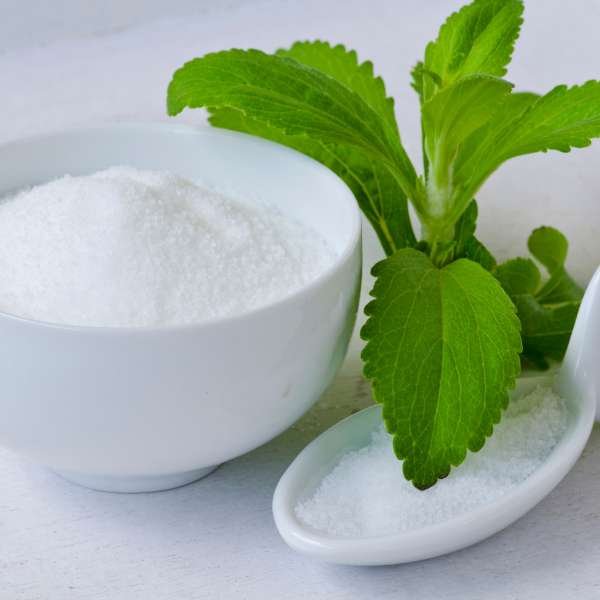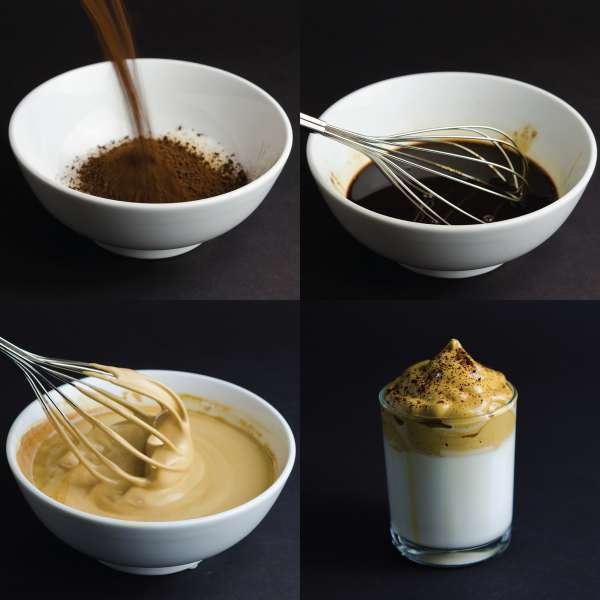Learning the manner to make coffee sweet can redesign your morning brew proper right into a greater thrilling revel in. For folks that love coffee but discover its bitterness overwhelming at instances, there are clean methods to beautify its sweetness without overpowering its wealthy taste. Whether you’re seeking to use herbal factors or modify your brewing strategies, making espresso sweet even as keeping its depth is an art that everybody can grasp. In this guide, we’ll discover the first-class approaches to certainly sweeten your espresso and gain the appropriate balance for every cup.
Why Some Coffee Tastes Bitter

Bitterness in java stems from natural compounds like caffeine and chlorogenic acids, which are essential to the bean. While these components contribute to the intensity we crave, they can easily tip the scale toward overwhelming bitterness, especially when over-extraction or dark roasting occurs. The grind size, water temperature, and brew time also play crucial roles in determining how bitter or sweet your brew turns out. Understanding this is half the battle—once you comprehend the bitterness, you’re well on your way to balancing it.
How to Make Coffee Sweet Naturally

The key to naturally sweetening java lies in the ingredients themselves. There’s no need to rely on refined sugars or artificial sweeteners when nature offers so many options. Honey, for example, adds both sweetness and complexity, while spices like cinnamon or a dash of vanilla extract can enhance the flavor without overpowering it. Experimenting with these natural additions allows you to discover the perfect combination that transforms bitterness into balanced sweetness.
Choosing Coffee Beans

The road to a sweeter cup begins long before the java reaches your mug. Beans matter. Java beans from Ethiopia or Panama, for instance, are often celebrated for their fruity, floral, or caramel-like notes, which contribute to a naturally sweeter brew. Arabica beans, in particular, tend to be less bitter than their Robusta counterparts, offering a smoother, more nuanced flavor. Choosing the right beans is essential if you’re serious about making java sweet without adding too much to it.
Which Roast is Best for Making Coffee Sweet?

Roasting is where the magic begins—or where it can go wrong. Light roasts tend to preserve the natural sugars in java beans, bringing out bright, sweet flavors like citrus, berries, or honey. Medium roasts strike a balance between sweet and bitter, while dark roasts, though rich and bold, often mask those subtle sweet notes beneath layers of smokiness. If sweetness is your goal, lighter roasts will be your best bet.
Grinding Coffee for Sweetness

The grind size has a significant impact on how sweet or bitter your brew tastes. A finer grind leads to over-extraction, drawing more bitter compounds from the bean. On the other hand, a coarser grind can allow the sweeter, softer flavors to shine through. Matching the grind size to your brewing method ensures you’re not extracting too many bitter elements, highlighting the java’s natural sweetness instead. Adjust and experiment to find what works best for your palate.
The Perfect Brew

Various brewing methods highlight distinct aspects of the java’s flavor profile. Pour-over techniques like the Chemex or V60 are excellent for extracting sweeter, fruitier notes because they offer better control over the brewing process. A French press, with its slower steeping process, produces a fuller, richer brew that retains its sweetness. Even espresso, while strong, can surprise with its natural sweetness when brewed correctly with high-quality beans. Choose your method wisely if you’re aiming to make java sweet.
Creating Sweet Coffee Blends with Garden Honey or Homemade Syrups

For an extra layer of sweetness, look no further than your own garden. Fresh honey offers a smooth, rich sweetness that complements the boldness of java. If you’re a gardener, making homemade syrups from herbs like lavender, mint, or citrus zest can elevate your brew into something special. These natural alternatives add both sweetness and depth, making each cup unique and refreshing.
How Milk and Cream Can Help Make Coffee Sweet

Adding milk or cream to java does more than just temper its bitterness—it enhances its sweetness. The fats in dairy or plant-based alternatives like almond or oat milk coat the palate, softening bitter notes and allowing the inherent sweetness to emerge. A splash of cream can turn a sharp, bitter brew into something velvety smooth, while frothy milk adds a light, airy texture that pairs perfectly with sweetened flavors.
Growing and Using Stevia to Sweeten Coffee Naturally

Stevia, a natural sweetener, grows easily in most gardens and delivers a powerful punch of sweetness without the calories of sugar. Whether fresh or dried, stevia leaves can be added directly to your brew or made into a simple syrup. It’s a fantastic option for those looking to sweeten their java naturally, without artificial additives. Plus, growing your own stevia allows you to control the quality and freshness of what you’re putting into your cup.
Agave and Maple Syrup: Garden-Friendly Sweeteners for Coffee

Agave nectar and maple syrup are two excellent natural sweeteners that blend seamlessly with brew. Agave’s mild, neutral flavor won’t overpower the taste of your java, making it an ideal sugar substitute. Maple syrup, on the other hand, adds a robust sweetness with notes of caramel and vanilla, perfect for cozy mornings. Both are excellent choices if you’re looking to enhance the sweetness without sacrificing the blend’s natural flavors.
Sweetening Iced Coffee for Refreshing, Cool Garden Mornings

To make a perfect caramel iced coffee for those refreshing, cool garden mornings, start by brewing a strong cup of coffee using your preferred method. Once brewed, allow the coffee to cool to room temperature, or chill it in the refrigerator for a quicker option. In a glass, drizzle a generous amount of caramel syrup around the sides, letting it pool at the bottom for extra sweetness. Fill the glass with ice, pour in your chilled coffee, and give it a good stir. To elevate the flavor, add a splash of milk or cream, blending the smooth caramel and coffee together. Top it off with whipped cream and a final drizzle of caramel for a luxurious finish. This delightful blend of creamy caramel and rich coffee is the perfect way to sweeten your morning, leaving you refreshed as you sip in the garden’s peaceful ambiance.
How to Make Creamy, Sweetened Coffee at Home

Frothy, creamy java drinks like lattes or cappuccinos practically beg for a touch of sweetness. The velvety texture of frothed milk or cream enhances the flavors and brings out the natural sweetness in a way that’s indulgent yet balanced. Add a dash of maple syrup, honey, or even flavored syrups like hazelnut or caramel for a café-style sweet java that’s easily achievable at home.
A Fun and Easy Way to Make Coffee Sweet

Flavored syrups are a fun and simple way to sweeten your java, offering endless possibilities for customization. Vanilla, caramel, hazelnut, or mocha—just a small amount of these syrups can transform a regular cup of brew into a sweet and aromatic experience. They’re a creative solution for those mornings when you’re craving something different, allowing you to play around with flavors until you find your favorite combination.
Common Mistakes Gardeners Make When Trying to Sweeten Coffee

Even with the best intentions, it’s easy to go overboard with sweeteners, resulting in a drink that’s cloying rather than delicious. Adding too much sugar or syrup can overwhelm the natural flavors of the java, leaving it one-dimensional. Similarly, over-extraction during brewing can cause bitterness that no amount of sweetener can mask. To avoid these pitfalls, remember that balance is key—sweeten your java just enough to complement, not overshadow, its rich, complex flavors.
Conclusion
Making java sweet is a journey, one that invites creativity, patience, and a bit of experimentation. From choosing the right beans to mastering your brewing technique, every step plays a role in achieving that perfectly sweetened cup. Whether you prefer the natural sweetness of honey, the richness of maple syrup, or the lightness of frothy milk, your options are limitless. So brew, experiment, and savor the results—each cup brings you closer to mastering the art of making java sweet.


Pingback: How to Make Peppermint Mocha Coffee Creamer -